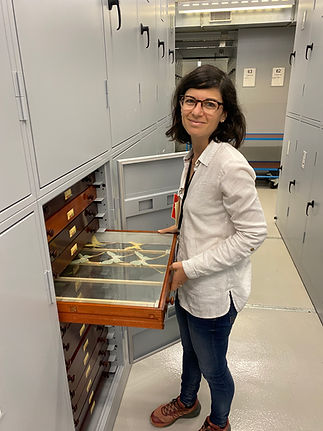Behavioral Ecology and Macroevolution
Ongoing Projects
The eco-evolutionary drivers of elaborate traits
Elaborate traits - traits that are complex, conspicuous derivations of pre-existing structures in a recent ancestor - evolve via intense selective pressure, often overpowering ecological constraints.
We are currently testing the biotic drivers and abiotic constraints on the evolution of iridescence and other forms of structural coloration in nymphalid butterflies.





The evolutionary principles underlying facultative vs. obligate signaling

Some anti-predator traits are constantly deployed (such as warning coloration), while others are deployed only when an animal is under attack.
Currently, We are investigating the role of iridescent butterfly wings as an an anti-predator illusion that becomes apparent once the butterfly takes flight.
In collaboration with a team at STRI, led by Dr. Ummat Somjee, we are also investigating the role of large, conspicuous flags of the matador bug as an anti-predator signal.


Understanding how climate change will alter elaborate trait function
Climate change will have many effects on our biological systems. One impact may be on inter-species interactions that are mediated by particular traits whose development is sensitive to environmental conditions.
We are studying the effect of thermal environment on several elaborate anti-predator traits.



